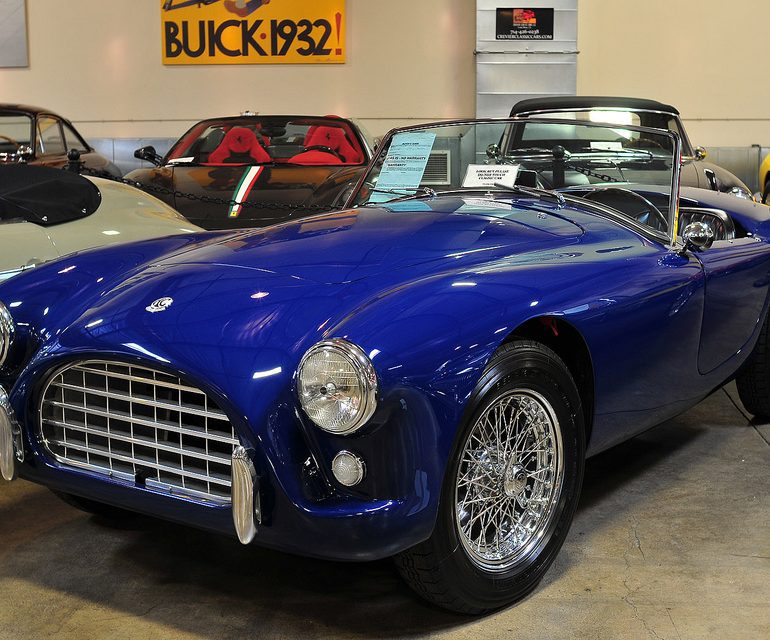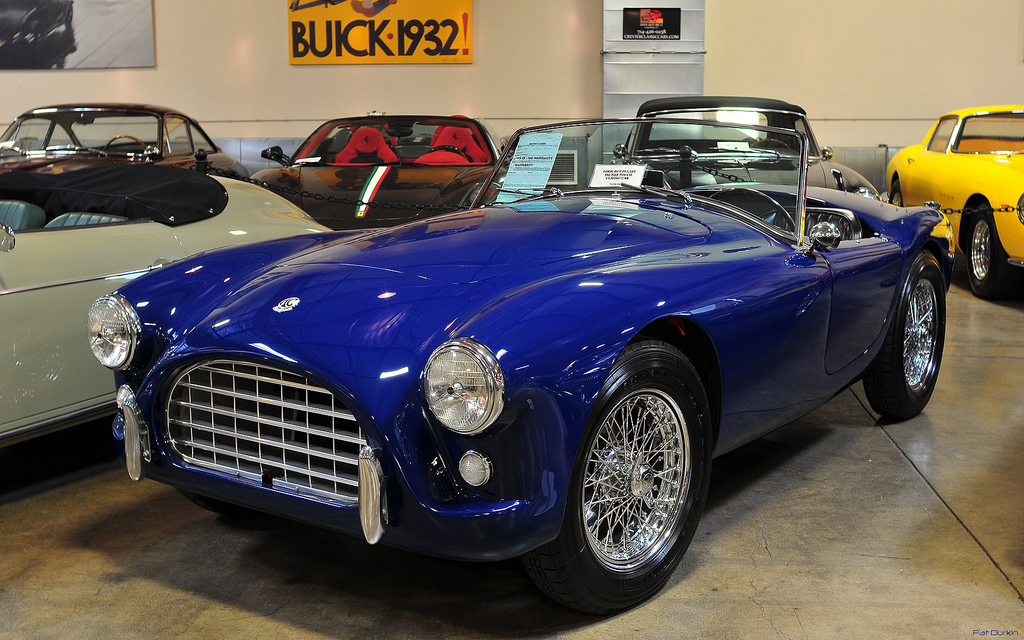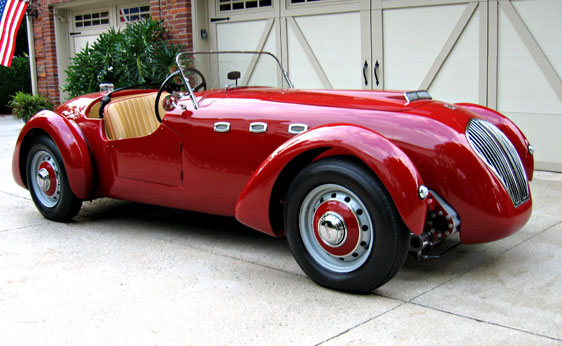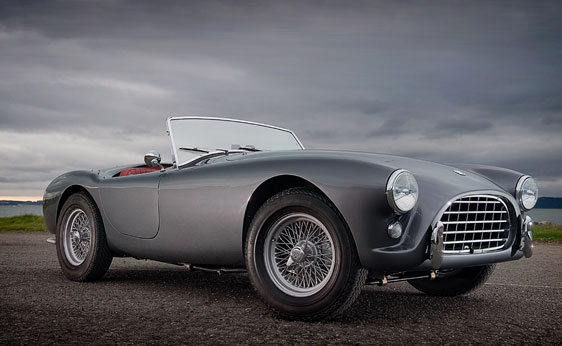The 1959 AC Ace-Bristol – Simple but Handsome British Roadster of the 1950s
A forerunner to the legendary AC Cobra, the Bristol was simplicity itself. Timelessly elegant, poised, swift, and mechanically simple, its design was by John Tojeiro, an engineer and racing car designer whose innovations helped to revolutionize car design in the ’50s and ’60s. His most lasting legacy was in producing a design which AC Cars developed into the AC Ace. The Ace used a light ladder type tubular frame, all independent transverse leaf spring suspension, and an open two seater alloy body.
First shown in autumn 1956, the Bristol was in production by the spring of 1957. It was not only more powerful than AC’s own engine but capable of a lot more power-tuning, Bristol made the Ace more powerful with 6-cylinder 1971cc and maximum speed of 116 mph.
From 1956, there was the option of Bristol Cars’ two-liter 120 bhp straight-six with 3 downdraught carburettors and slick four-speed gearbox. Top speed leaped to 116 mph with 0–60 mph (0–100 km/h) in the nine second bracket.
Pretty but simple, the Bristol was just one of the models that catapulted Thames Ditton company into renown, cementing its reputation as an automaker of svelte sports cars for the British upper classes.
1959 AC Ace-Bristol Specs
- Production: 463
- Body Style: Two-seater sports roadster
- Engine: 6-Cylinder push-rod 1971 cc
- Power output: 105 bhp at 5000 rpm (optional performance tune 125 bhp)
- Transmission: Four-speed manual
- Maximum Speed: 116 mph
- 0-60 mph: 9.1 sec
- 0-100 mph: 27.2 sec







